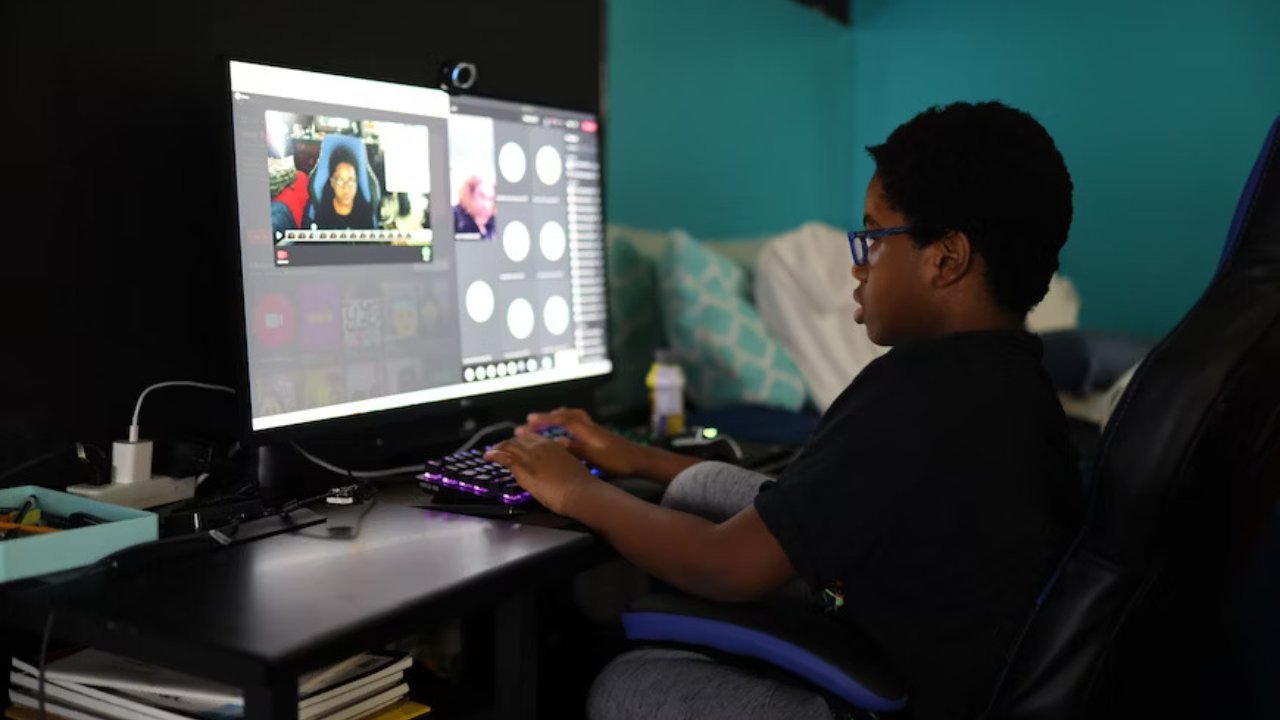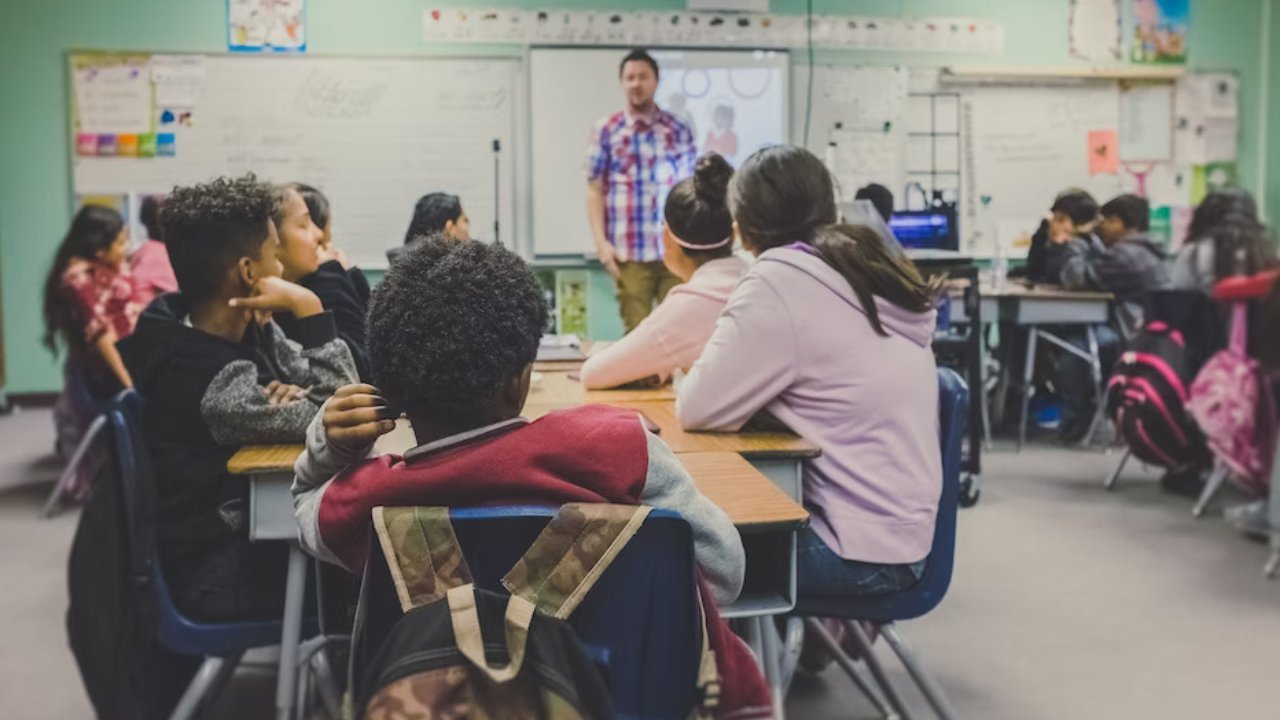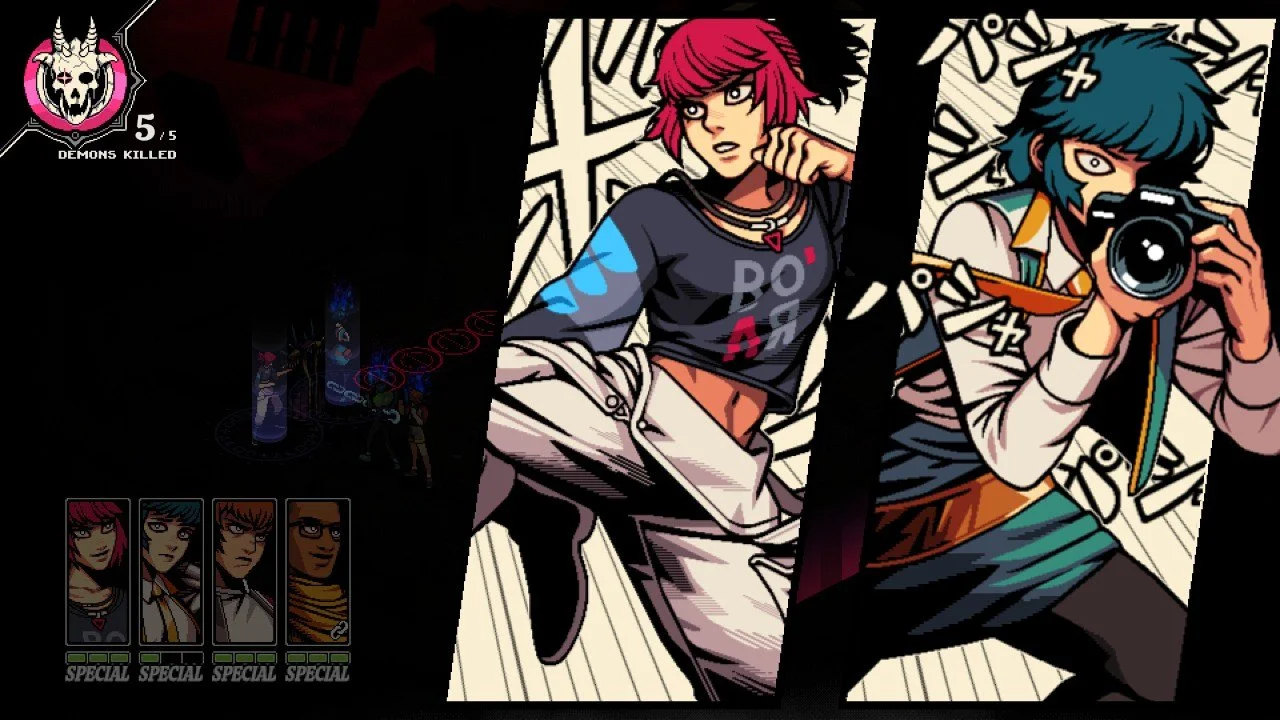As technology continues to evolve, education is adapting to embrace new systems of teaching, with gaming technologies among the latest innovations being harnessed in classrooms.
From engaging virtual reality experiences and computer-aided instruction to integrated video game activities that help bring lessons alive for students, there are more ways than ever before for educators to engage their classes with interactive learning methods. Teachers can use different games to teach how to write a reflective essay, read, or even improve communication and critical thinking skills.
So we’ll explore some of the ways that schools are incorporating gaming technologies into their curriculums—and using them as an effective tool for student success.
The Benefits of Integrating Gaming Technologies in Education
Enhanced Student Engagement
Interactive games and simulations capture students' attention and motivate them to participate actively in the learning process.
Improved Learning Outcomes
Gaming technologies offer students the opportunity to learn at their own pace and receive immediate feedback on their performance.
Development of Critical Thinking Skills
Many educational games present complex problems that require students to analyze information, make decisions, and evaluate outcomes.
Collaboration and Teamwork
The cooperative learning environment helps students develop essential communication and teamwork skills, as they learn to negotiate, strategize, and share ideas with their peers.
Increased Motivation
The competitive nature of gaming can be harnessed to motivate students and promote a growth mindset.
Inclusivity and Accessibility
Gaming technologies can provide unique learning opportunities for students with diverse needs and abilities. For example, virtual and augmented reality experiences can offer immersive and accessible learning environments for students with physical or sensory impairments.
Potential Games that Can be Used for Education Purposes
We have found some potential games that can be utilized for educational purposes across various subjects and age groups.
Minecraft: Education Edition
Minecraft: Education Edition allows students to explore, create, and collaborate in a virtual world, fostering creativity, problem-solving, and critical thinking skills. It can be used to teach subjects such as mathematics, science, history, and even language arts.
BrainPOP's GameUp
BrainPOP's GameUp is a collection of educational games that cover a wide range of subjects, including science, math, social studies, English, and health. The games are designed for students in grades K-12 and align with educational standards.
Kahoot!
Kahoot! is a game-based learning platform that allows teachers to create custom quizzes and trivia games for their students. Kahoot! can be used across various subjects and grade levels and is an excellent tool for reviewing material before exams or assessments.
CodeMonkey
Codemonkey is a platform that teaches kids real programming concepts through engaging, game-based challenges. Its intuitive interface and story-driven puzzles keep young learners motivated while building a solid foundation in coding. Tools like Codemonkey can even serve as a springboard for more advanced curricula such as AP Computer Science Principles.
Civilization VI: Education Edition
Civilization VI is a popular strategy game that has been adapted for educational purposes. In this game, students take on the role of a world leader and make decisions related to resource management, diplomacy, and technological advancements. Civilization VI can be used to teach history, geography, government, and economics, as students learn about real-world events and historical figures.
LightBot
LightBot uses a series of puzzles to introduce basic coding principles such as sequencing, loops, and conditionals. LightBot helps develop logical thinking and problem-solving skills while providing a fun introduction to computer programming.
Ways to Incorporate Educational Gaming into the Classroom
There are various ways to incorporate educational gaming into the classroom to create dynamic and enriching learning environments.
Align Games with Learning Objectives
To effectively integrate educational gaming into the classroom, it's essential to select games that align with specific learning objectives and curriculum standards.
Use Games for Formative Assessment
By observing how students interact with the games and analyzing their performance data, educators can gain insights into individual learning needs and tailor instruction accordingly.
Integrate Games into Lesson Plans
A teacher might use a math game to introduce a new concept in geometry or a language arts game to reinforce vocabulary and grammar skills. This seamless integration of gaming into the curriculum can help create a more engaging and interactive learning experience for students.
Create a Gaming Corner or Station
Setting up a designated gaming corner or station in the classroom can help make educational games more accessible to students during free time or as a reward for completing assignments.
Challenges Involved in Integrating Educational Gaming
Unfortunately, there are some challenges involved in integrating educational gaming. Let’s look into them and explore potential solutions to overcome these hurdles.
Limited Resources and Funding
One of the primary challenges faced by educators when integrating educational gaming is the lack of resources and funding. High-quality games and the necessary technology, such as computers, tablets, or consoles, can be expensive, making it difficult for schools with limited budgets to provide these tools. Potential solutions include seeking grants, collaborating with local businesses or community organizations, or using free or low-cost gaming resources available online.
Resistance to Change
Introducing new teaching methods and technologies, such as educational gaming, can sometimes be met with resistance from teachers, administrators, and even parents. To overcome this challenge, it's crucial to provide training and support to educators, demonstrating the value of educational gaming and its alignment with curriculum standards.
Time Constraints
With already demanding schedules and numerous responsibilities, finding time to integrate gaming can be challenging for teachers. To address this issue, educators can collaborate with colleagues to share resources, lesson plans, and strategies for incorporating games into the curriculum.
Finding Appropriate Games
Selecting suitable educational games that align with curriculum standards and cater to diverse learning needs can be a daunting task. To overcome this challenge, teachers can research and consult reliable sources such as educational gaming websites, peer-reviewed articles, and fellow educators for recommendations. Teachers should also consider factors such as age-appropriateness, content relevance, and the level of challenge when selecting games to ensure they meet the needs of their students.
Balancing Gaming and Traditional Instruction
Teachers must ensure that gaming does not overshadow or detract from other essential aspects of the curriculum. One approach to achieving this balance is by using games as a supplementary tool to reinforce concepts and skills, rather than replacing traditional teaching methods entirely.
How to Measure the Effectiveness of Educational Gaming Initiatives
For sure, teachers should use various methods and approaches to measure the effectiveness of educational gaming initiatives in the classroom.
Assess Learning Outcomes
One of the most direct ways to measure the effectiveness of educational gaming initiatives is by assessing student learning outcomes. This can be achieved through quizzes, tests, or other assessments that evaluate students' understanding of the concepts and skills targeted by the games. Comparing the performance of students who have participated in gaming activities with those who have not can provide valuable insights into the impact of these initiatives on learning outcomes.
Monitor Student Engagement
Engagement is a key factor in successful learning, and educational gaming aims to capture students' attention and motivate them to participate actively in the learning process. Teachers can monitor student engagement during gaming activities by observing their level of focus, enthusiasm, and participation. Tools such as self-report questionnaires or engagement tracking software can also be employed to gather data on student engagement levels.
Evaluate Skill Development
Educational gaming initiatives often target the development of specific skills, such as critical thinking, problem-solving, or collaboration. To measure the effectiveness of these initiatives, educators can assess students' progress in these skill areas through various methods, including observations, self-assessments, or performance-based tasks. Tracking skill development over time can help determine whether the gaming activities are successfully fostering the desired competencies.
Collect Feedback from Students and Teachers
Gathering feedback from both students and teachers can provide valuable insights into the effectiveness of educational gaming initiatives. Students can share their experiences, perceptions, and opinions about the games, while teachers can offer their perspectives on the impact of gaming on student learning and classroom dynamics. This feedback can be collected through surveys, interviews, or focus groups and can help inform future gaming initiatives.
Analyze Game Data
Many educational games collect data on student performance, such as scores, completion rates, and time spent on tasks. Analyzing this data can help educators identify patterns and trends in student performance, which can inform adjustments to gaming initiatives or broader instructional strategies. Comparing game data with other assessment results can also provide a more comprehensive understanding of the impact of gaming on student learning.
Conduct Longitudinal Studies
Longitudinal studies can help determine whether the benefits of gaming persist beyond the immediate gaming experience and translate to long-term academic success. By following students over several years and comparing their performance with control groups, researchers can gain a deeper understanding of the lasting effects of educational gaming.
Summing Up
The use of gaming technologies in education has become more common as it offers enhanced student engagement, improved learning outcomes, development of critical thinking skills, collaboration and teamwork, increased motivation, inclusivity, and accessibility. Several games have educational purposes, such as Minecraft: Education Edition, BrainPOP's GameUp, Kahoot!, Duolingo, Civilization VI: Education Edition, and LightBot.
Several approaches can be used to incorporate educational gaming into the classroom, such as aligning games with learning objectives, using games for formative assessment, integrating games into lesson plans, creating a gaming corner or station, and encouraging student reflection. However, several challenges need to be addressed, such as limited resources and funding, resistance to change, time constraints, finding appropriate games, and balancing gaming and traditional instruction.
Educators can measure the effectiveness of educational gaming initiatives by assessing learning outcomes, monitoring student engagement, evaluating skill development, collecting feedback from students and teachers, analyzing game data, and conducting longitudinal studies.






















